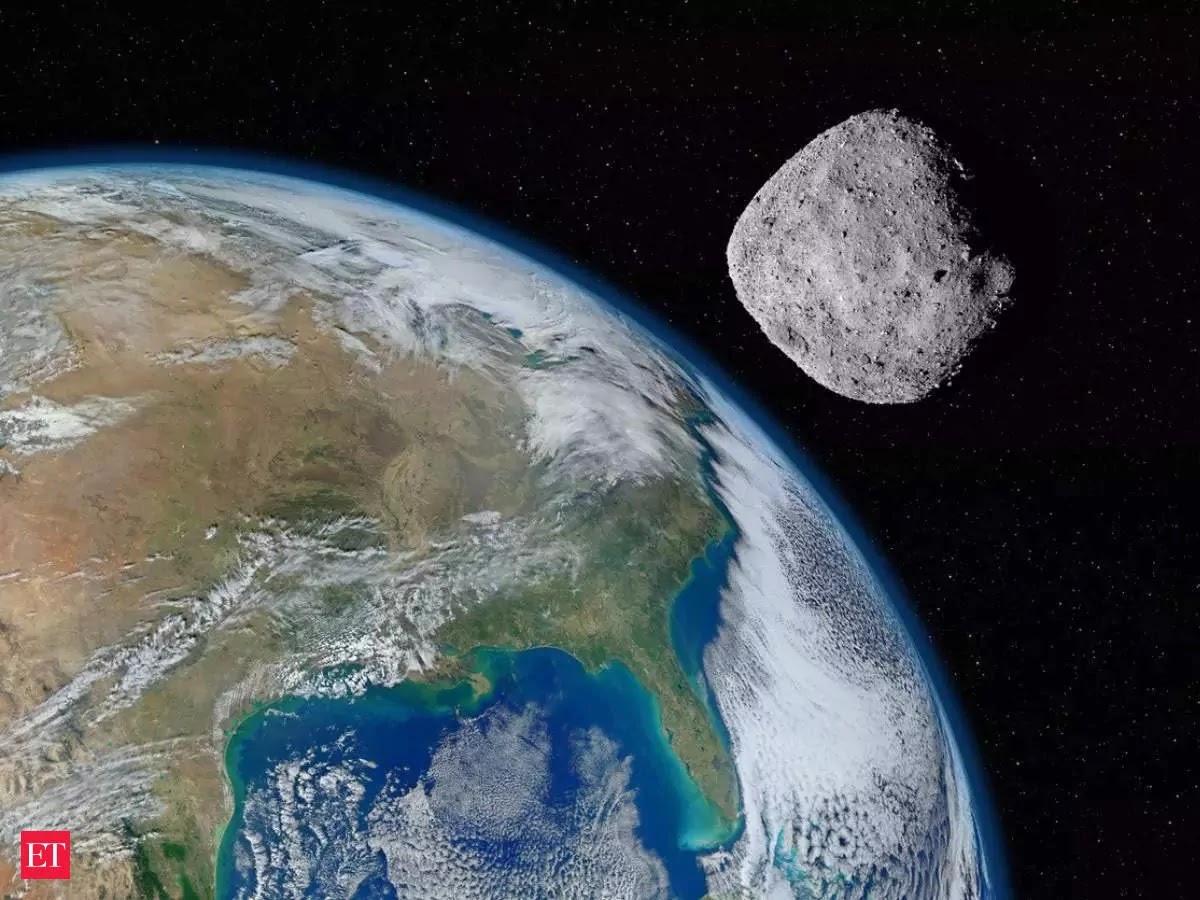The Earth's continental crust is one of the most fascinating and mysterious features of our planet. It is a thin layer of rock that covers less than one-third of the Earth's surface, but it is where most of our civilization has developed. For many years, scientists have been trying to understand how and why the continental crust formed, and why it has a different composition from the Earth's mantle. In this article, we will explore the latest theories and studies that shed light on the formation of Earth's continental crust.
Clues to Earth's Continental Crust Formation
A recent study published in the journal Nature Geoscience proposes a new theory to explain why the Earth's continental crust has a different composition than the mantle. The researchers suggest that the Earth's continental crust formed when the mantle was still partially molten, and the magma that rose to the surface was rich in silicon and poor in iron. This caused the continental crust to have a lower iron content than the mantle.
Also Read:- Mastering the Kleavor Raid Day in Pokémon Go
- Smart Coatings Inspired by Bugs: A Promising Way to Combat Bacterial Infections and Monitor Strain
The researchers arrived at this conclusion by analyzing the isotopes of iron in rocks from the Earth's mantle and continental crust. They found that the continental crust has a lower concentration of heavy iron isotopes, which indicates that it has a lower iron content than the mantle. This finding challenges the previous theory that the continental crust formed when the Earth's mantle partially melted and differentiated into two layers, with the lighter continental crust floating to the surface.
Other studies have also provided clues to the formation of the Earth's continental crust. For example, a study published in the journal Nature suggests that the continental crust formed through a process of "pulsed" magmatism, where periods of intense volcanic activity were followed by periods of relative quiet. This process led to the formation of large volumes of magma that eventually solidified into the continental crust.
Another study published in the journal Science Advances proposes that the continental crust formed through a process of "batholith accretion," where large masses of magma solidified in the Earth's crust and then merged together to form the continental crust. This process is thought to have occurred over millions of years and led to the formation of the large mountain ranges that we see today.
The Role of Plate Tectonics
Plate tectonics, the theory that the Earth's lithosphere is divided into a series of plates that move relative to one another, also plays a critical role in the formation of the continental crust. As plates move and collide, they can cause deformation and melting of the Earth's crust, which can lead to the formation of new continental crust. For example, the collision between the Indian and Eurasian plates led to the formation of the Himalayan mountain range and the Tibetan Plateau.
So, the formation of the Earth's continental crust is a complex and ongoing process that is still not fully understood. However, recent studies have provided new insights into the role of magma composition, pulsed magmatism, batholith accretion, and plate tectonics in the formation of the continental crust. Further research is needed to fully understand this fascinating aspect of our planet's geology.
Read More:- A Wooden Transistor: The Future of Electronics
- Halo Infinite May Update: New Features and Improvements
That's it for this article.
Thanks for Visiting Us – Fixyanet.com



0 Comments